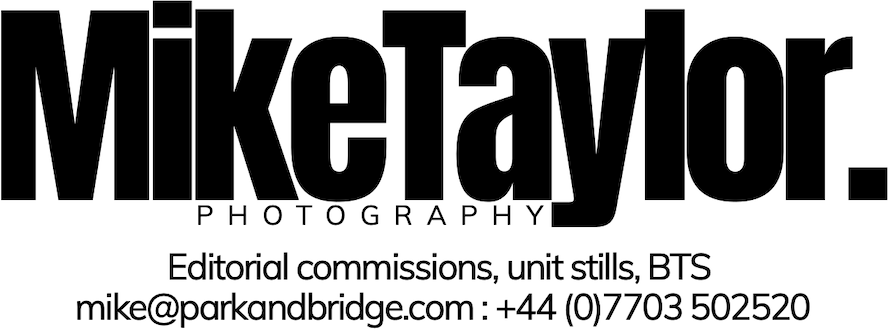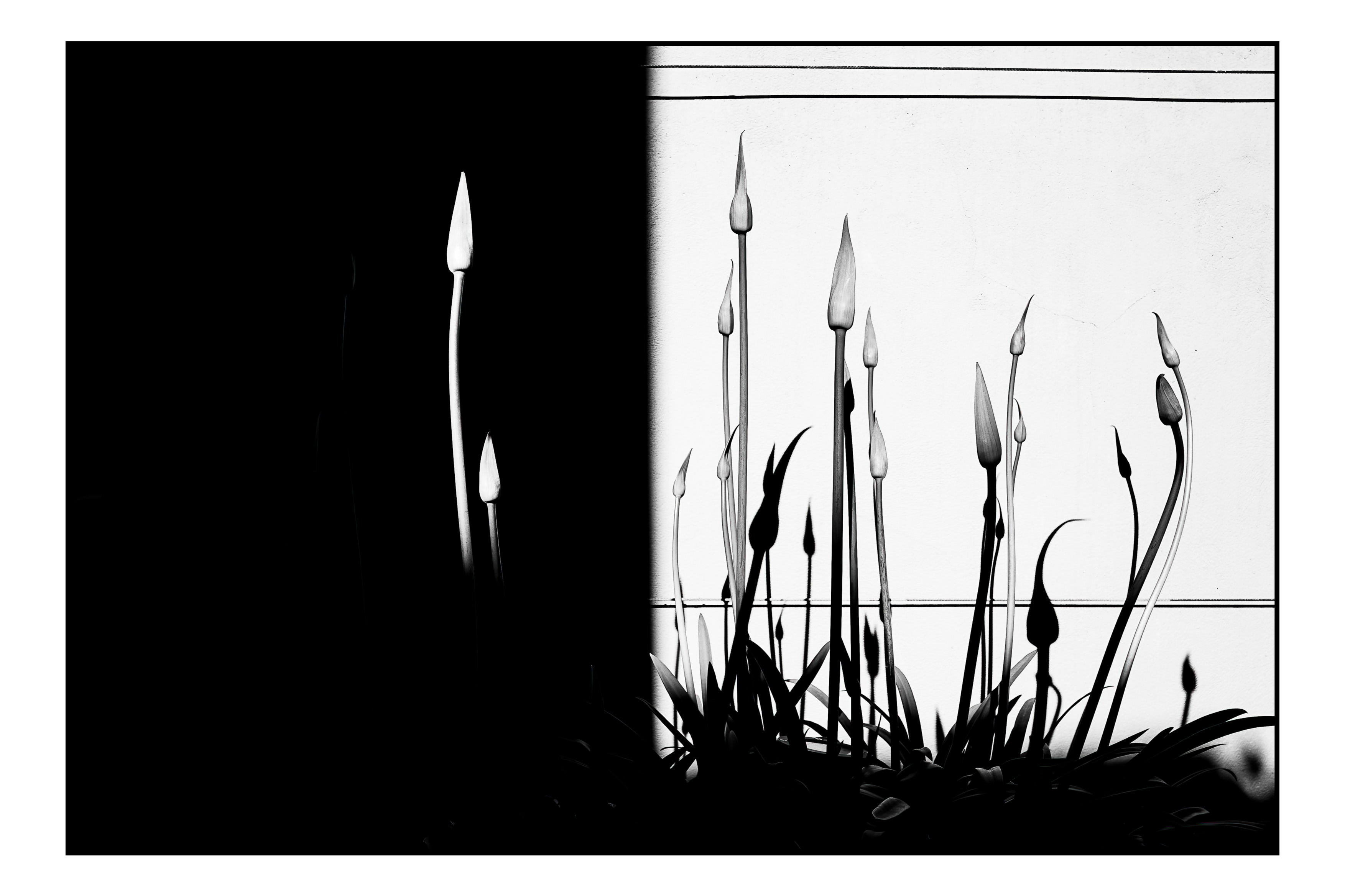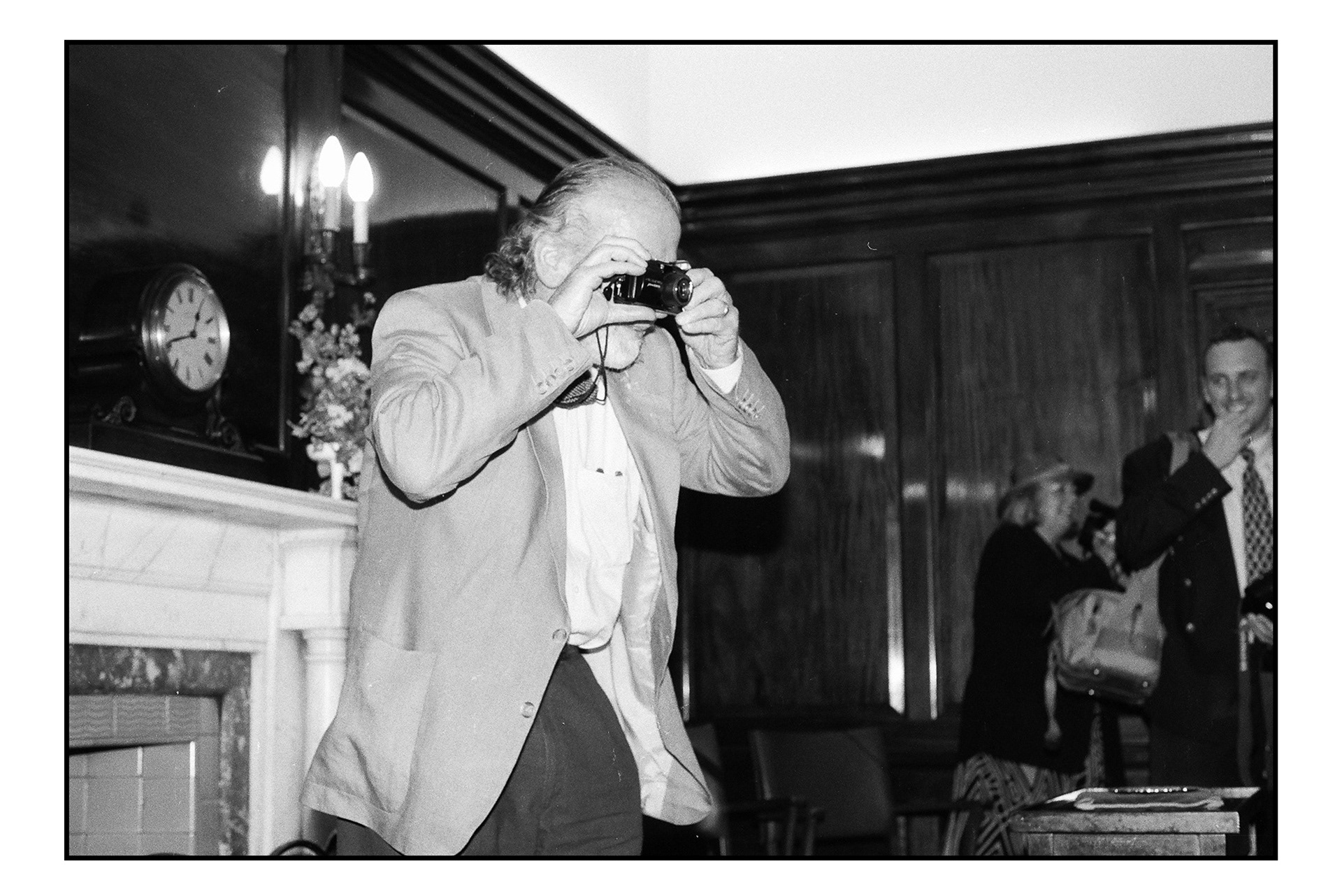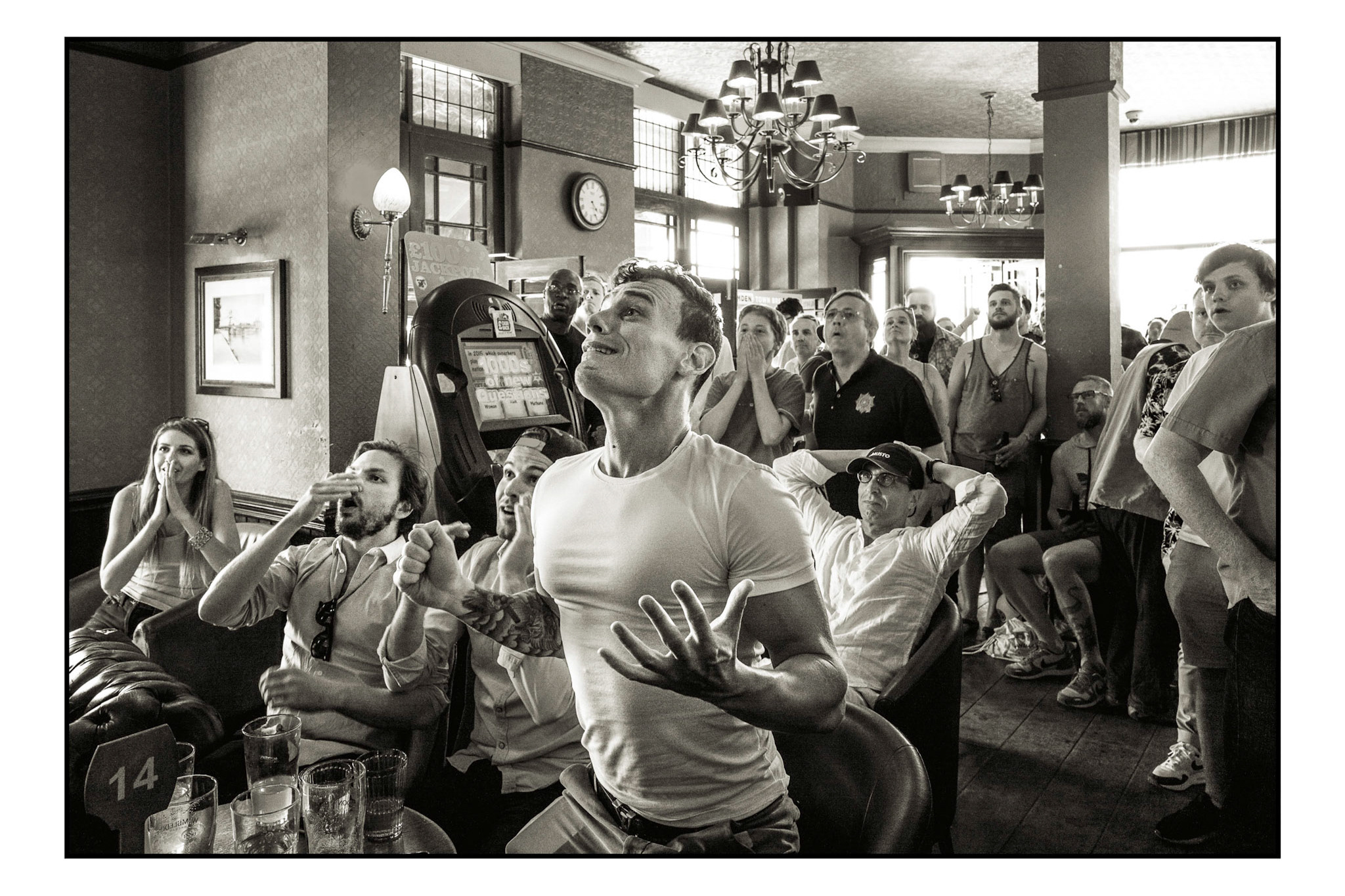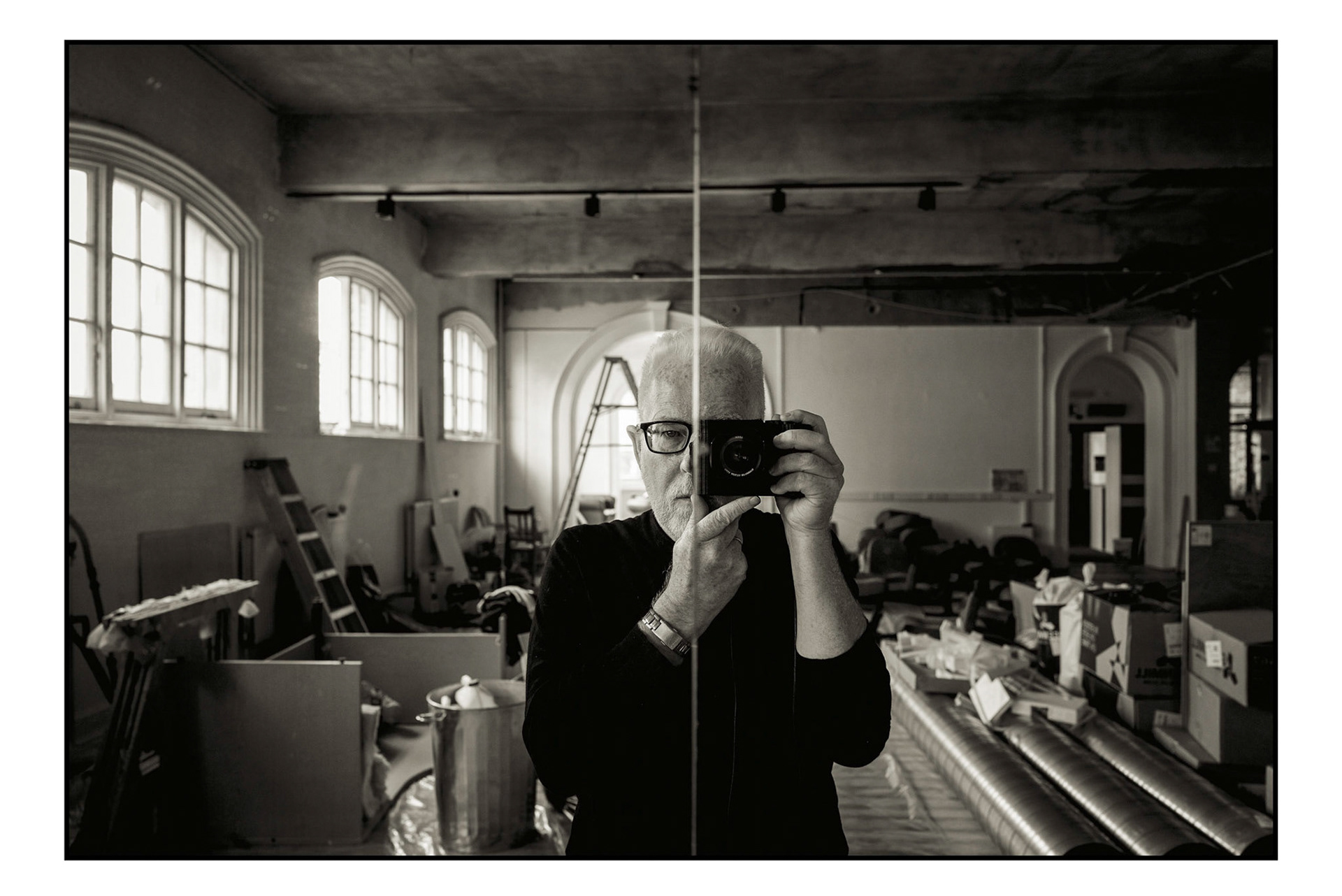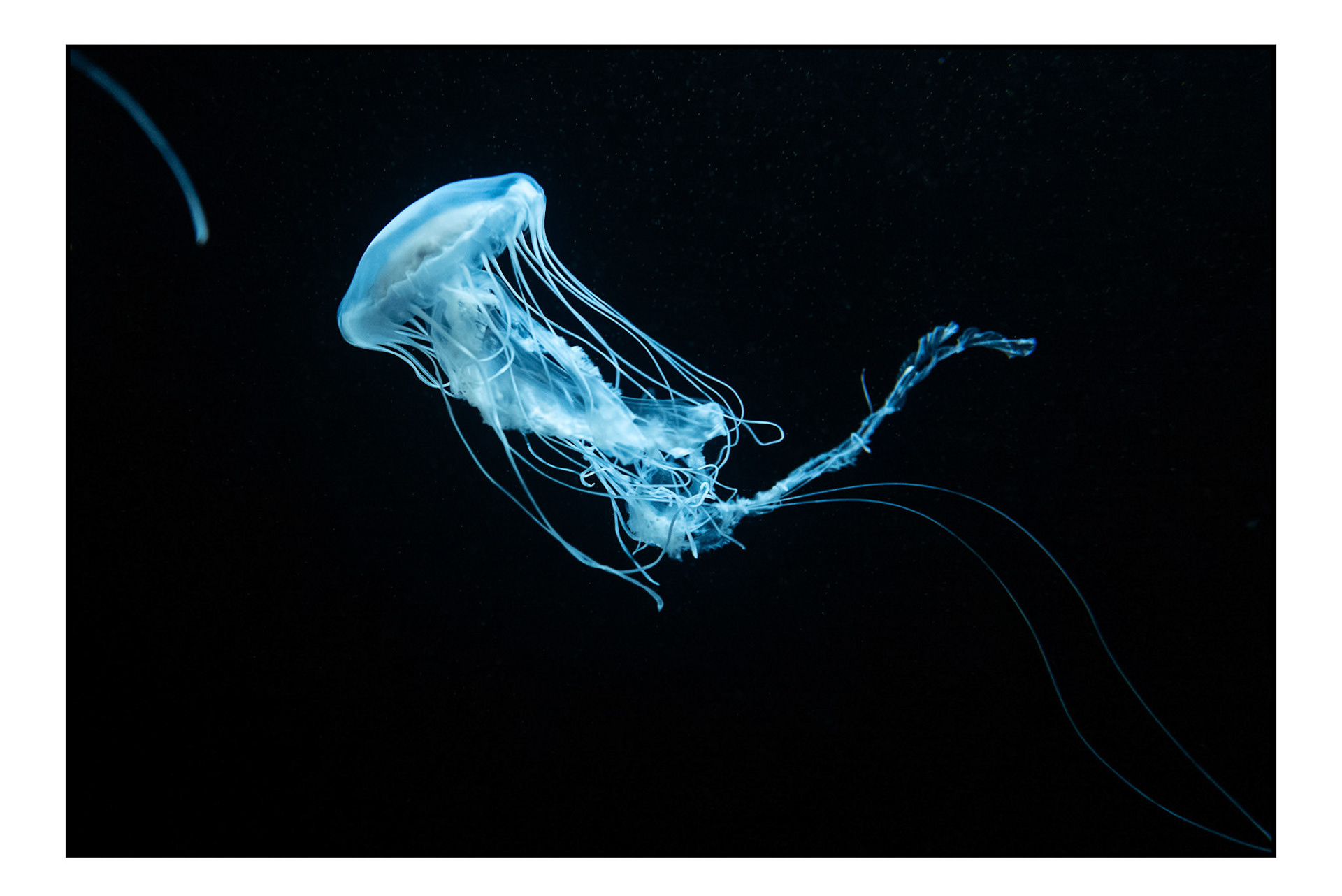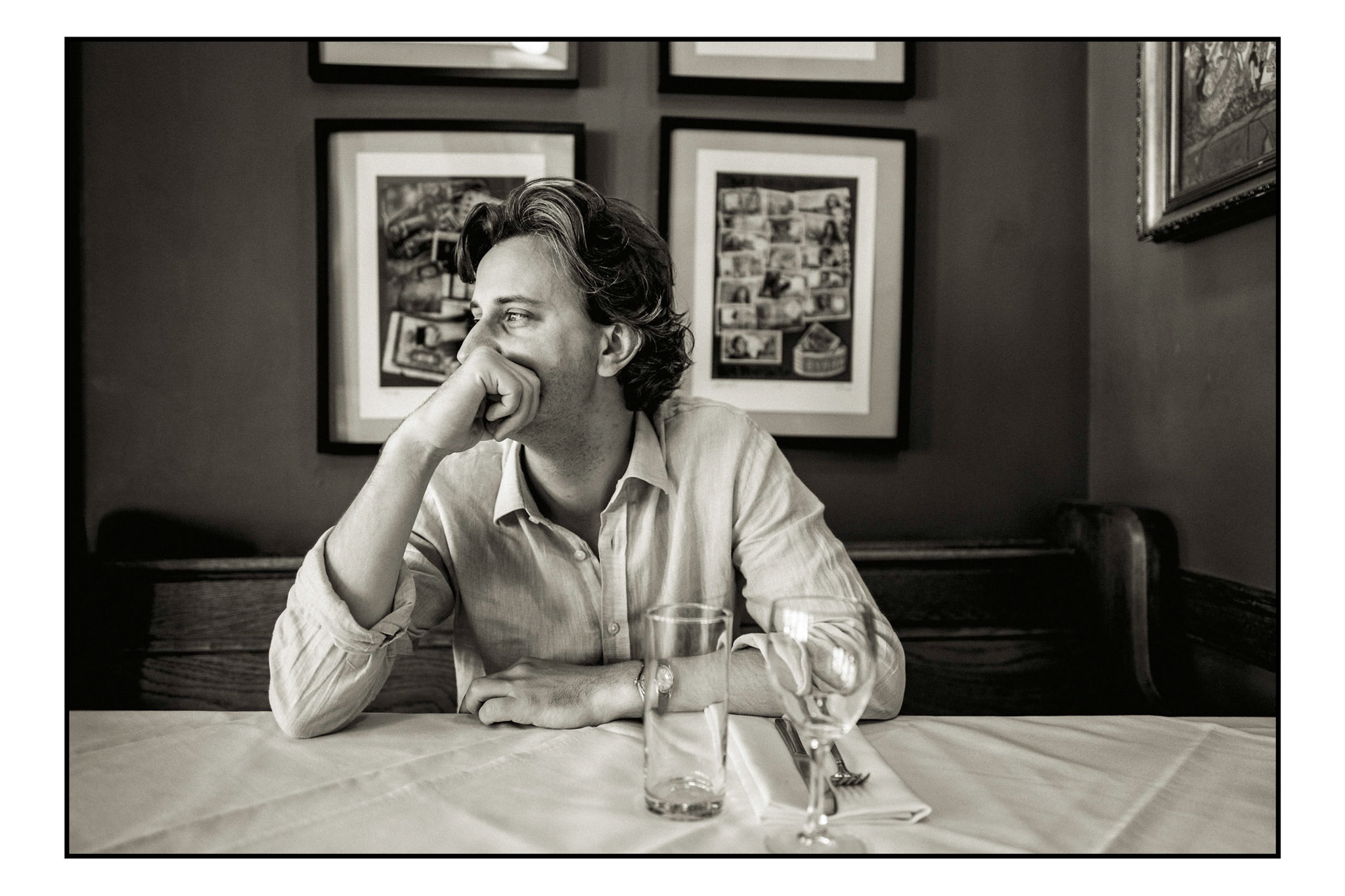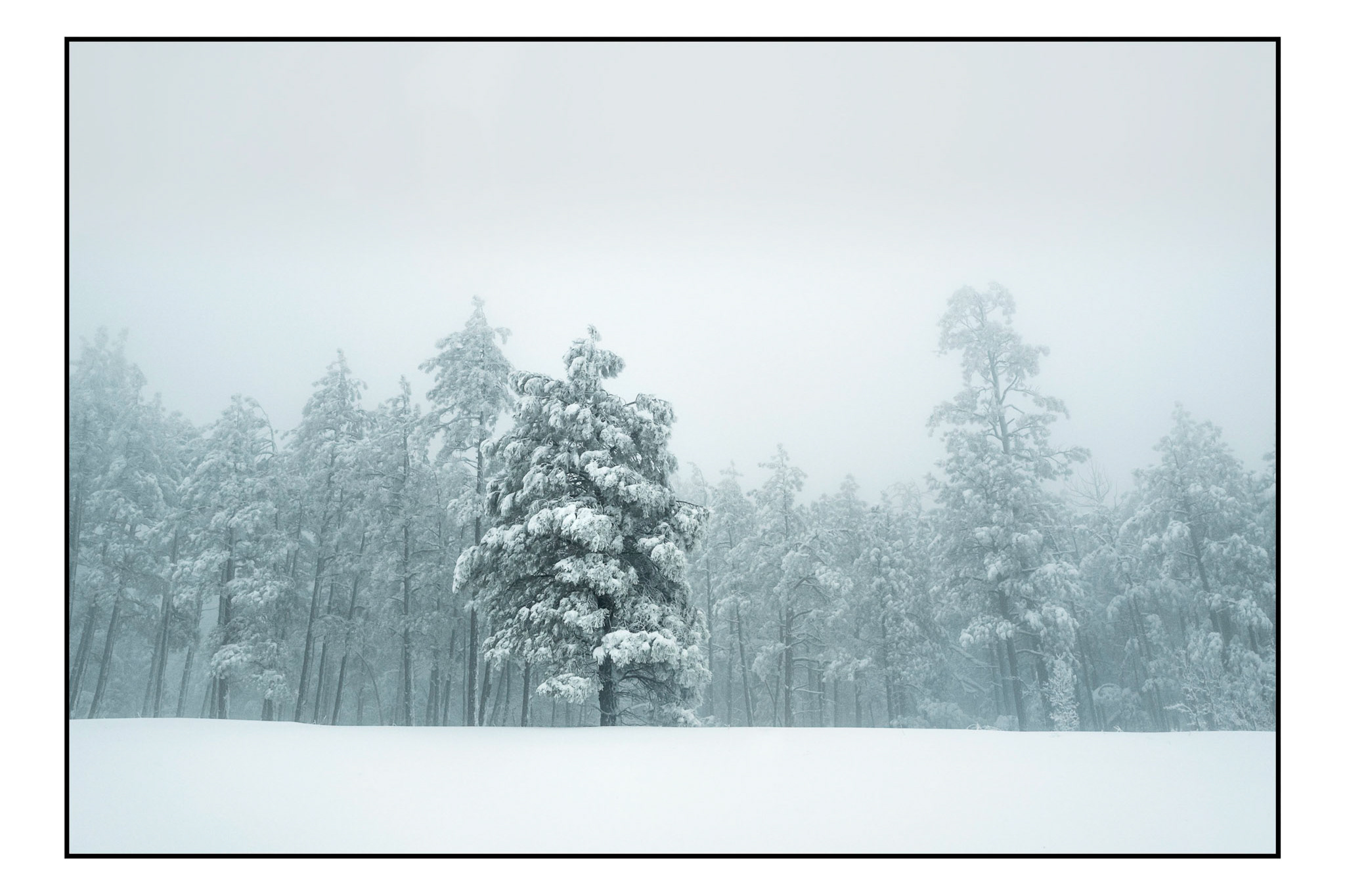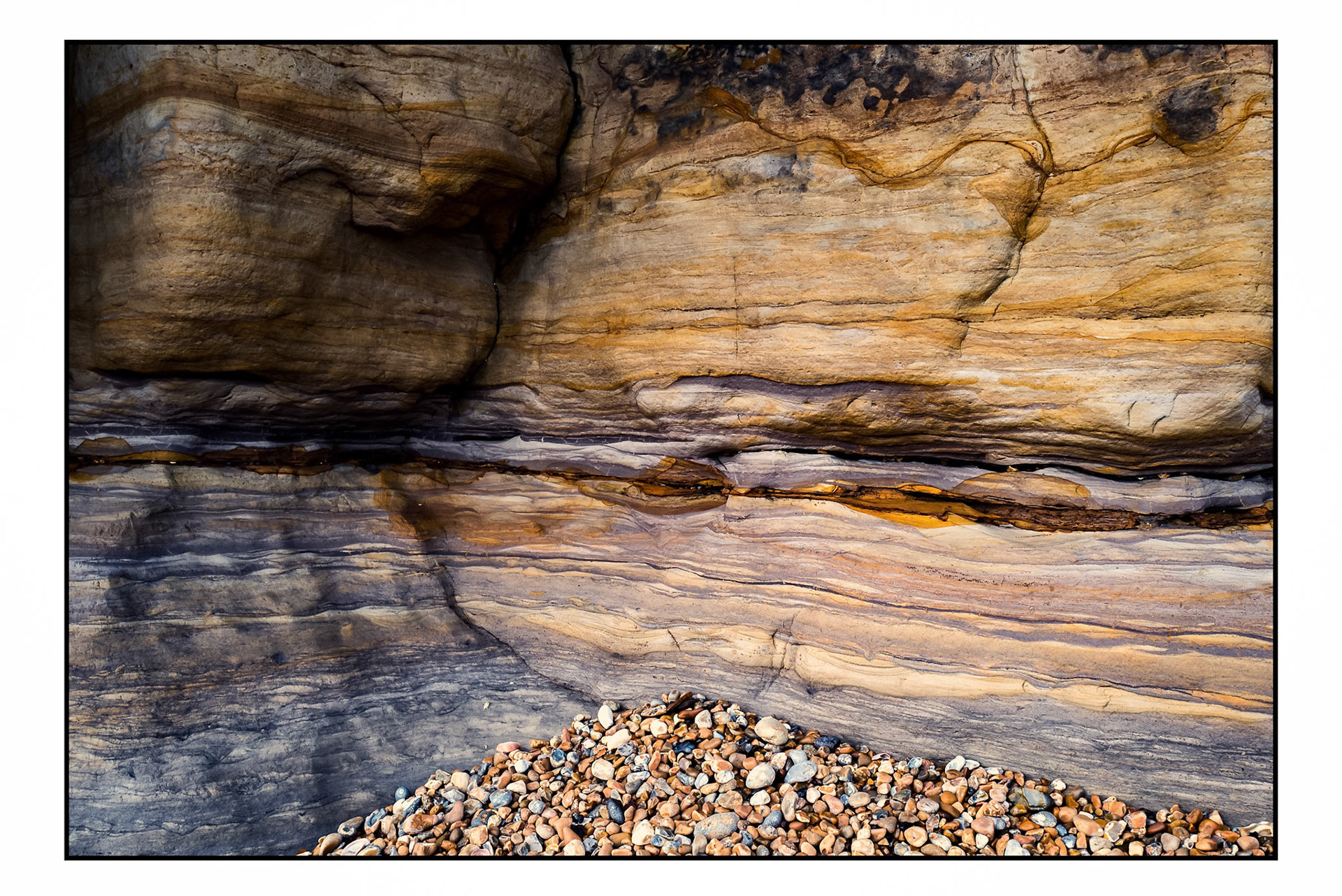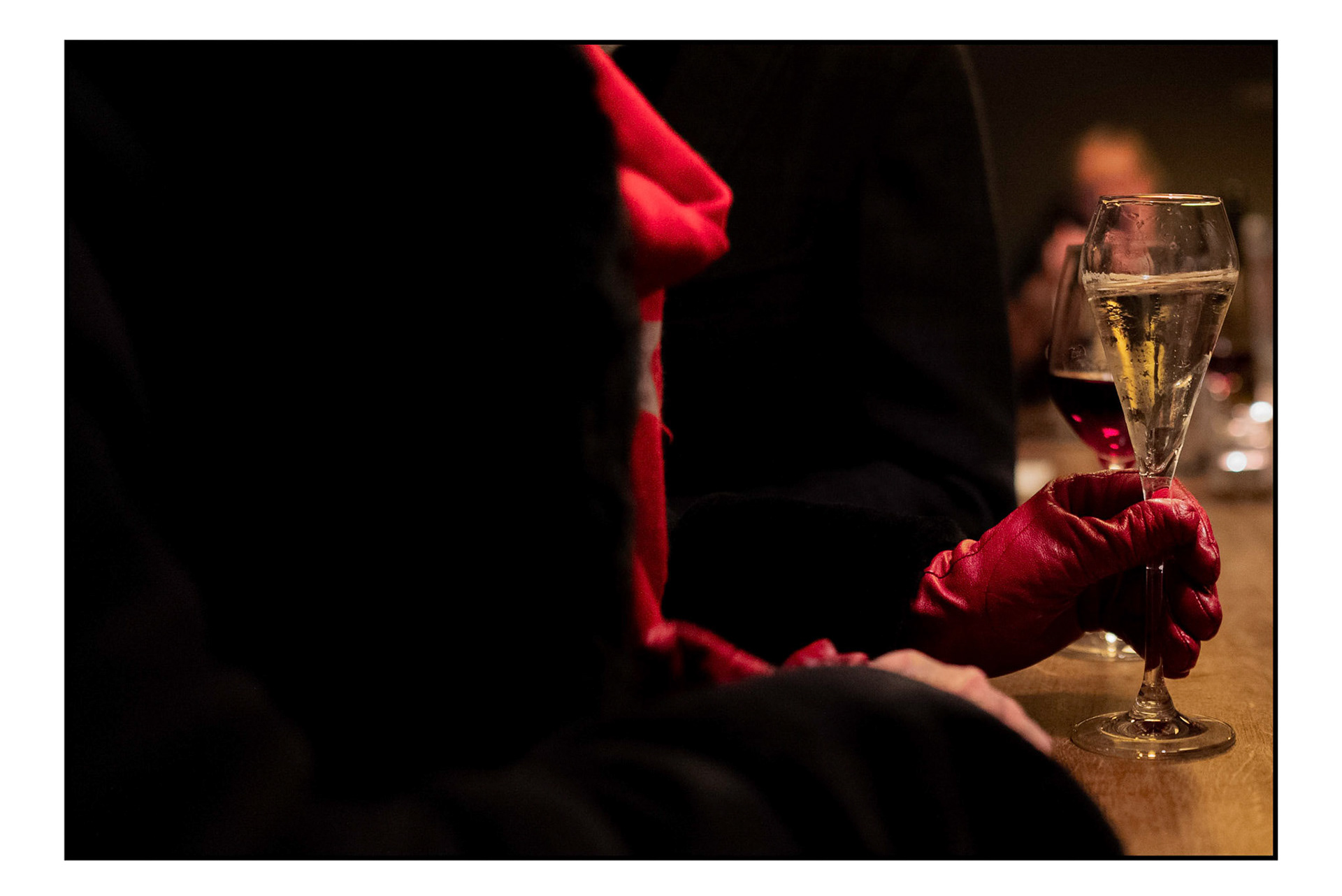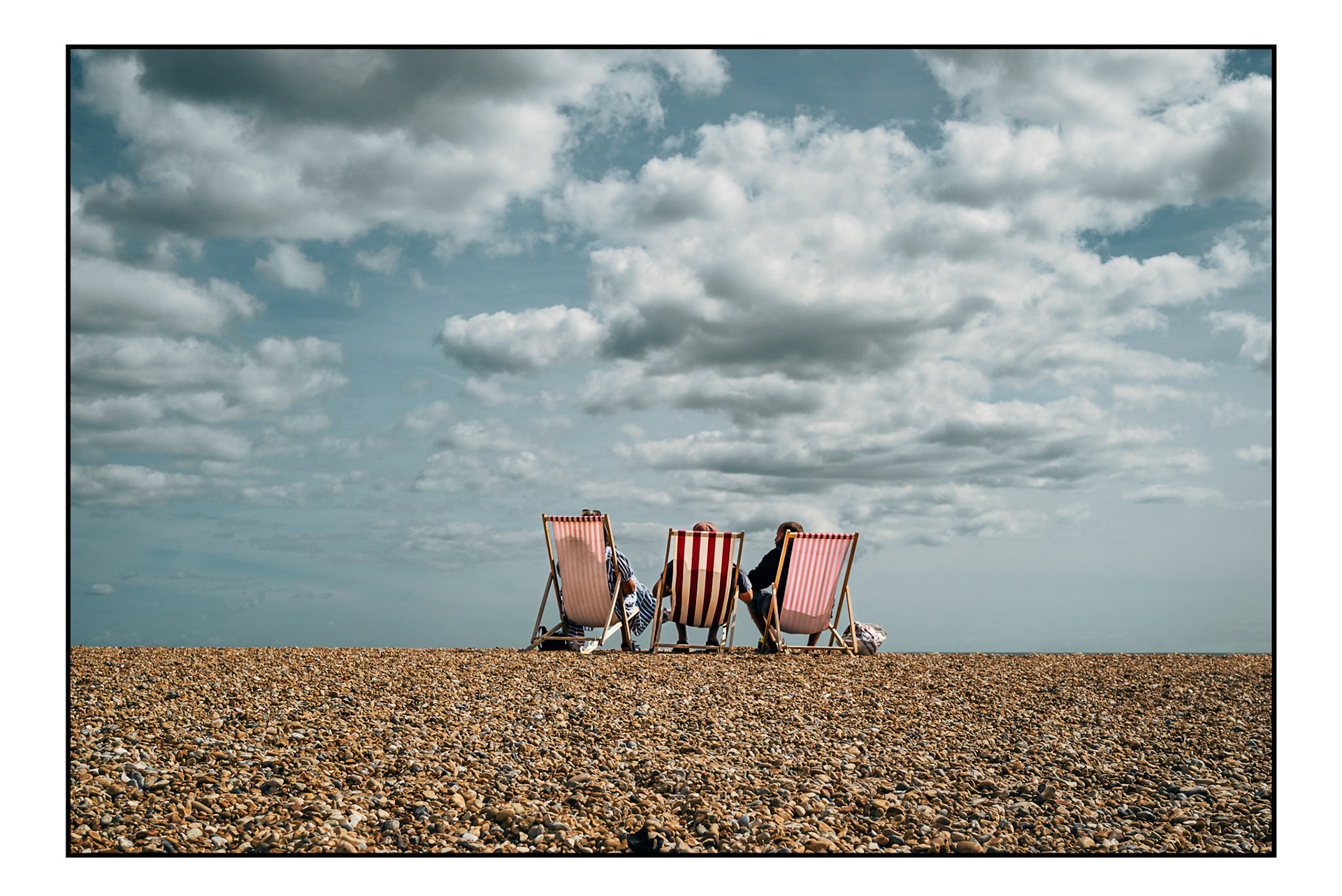This page is a preview of my Kindle ebook:
"Click! The $10 Book That Will Make You A Better Photographer And Save You A Fortune"
Click Here to get your copy now.
"Click! The $10 Book That Will Make You A Better Photographer And Save You A Fortune"
Click Here to get your copy now.
Introduction
This is a book about photographs and photography, so why publish it as a Kindle ebook? Because I wanted to create a resource that you could easily slip into your camera bag. Surely if the best camera in the world is the one you have with you, the same should be true of photography books? And as it’s on your Kindle, it doesn’t add pounds or take up acres of space.
But this being a Kindle ebook, you’ll understand that, great though Kindles are, most photography never looks that good on them. As this is a book all about photographs and how to make them, obviously pictures are really important.
To help us get around this issue, I’ve also published online high resolution versions of all of the pictures relevant to this book, in the order they appear here. But a few of the key images that seemed to work well on the Kindle have made their way onto these pages and so are also here in the text.
If you’re a photographer who’s reading this as a sample, and aren’t sure whether or not this book might be for you, it does mean you get to see all those images for free before you make your mind up. You might rate my work - you might hate it. But at least you’ll have seen it, and you’ll have a feel for who I am before you spend any of your hard-earned cash. Saving you money while at the same time making you a better photographer is what this book is really all about.
Why the apparently free giveaway?
Well, photography is big business. I mean really big business. In 2024, the global market for photographic equipment topped $173 billion. It’s predicted to grow by a further $100 billion by 2037. Fuelling this growth is the idea that more, better, faster kit will always make your pictures better.
But no amount of shiny new toys will ever make people better photographers. And that’s the nub of it. People spend way too much time and money on buying camera gear they simply do not need, when they could be focusing on becoming better photographers.
All the photography kit that I currently own fits into one six-litre sling. It holds my fixed lens camera, spare battery and charger, memory cards, lens wipe and one small tripod. There’s also room in there for my wallet, sunglasses, keys and Kindle.
This is everything I’ve been using since I had an epiphany in 2018 and totally changed my approach to photography, which led me to becoming a professional photographer with a small roster of clients and a clutch of international awards. Almost all the images you can see on my website were taken with just this setup.
For photographers, extra kit - like more lenses, flashguns, and filters - sell themselves to you as “helping” or “vital”, when actually all they really do is confuse things and tend to get in the way of your creativity, particularly when you’re first starting out.
Trust me, I know that buzz we all get unboxing and using a beautifully machined, new camera body or lens. There’s a reason videos of people unboxing camera kit have clocked up more than 25 billion views on Youtube (it’s when I stopped counting). Then there’s the ‘new gear’ smell. Who doesn’t love that smell?
I understand how buying new stuff lights up our heads. Dopamine, serotonin and endorphins are just a few of the “happy” chemicals our brain releases when we engage in behaviours like shopping. It's a primitive neurochemical response specifically designed to help our species survive in a far less complex world. But when was the last time you dropped a bucket of cash on any piece of kit that genuinely improved your photography to the extent you felt that it seriously upped your game, delivered the results that you intended and took your photography to a new, interesting and different place?
I ask this as someone who chased the photography gear dragon and revelled in the dopamine hits (and then experienced the inevitable come down of buyers remorse) for many years before I came to all the realisations that form the beating heart of this book.
Still not sure whether to buy this book or not? OK, let me ask you one basic question: When it comes to your photography, are you a chicken or a pig?
I know it’s a strange one, but bear with me. Photography - like a good breakfast plate of ham and eggs - can be something you’re involved with (maybe really involved with like the chicken) or 100% committed to (like the pig).
I’m a lifelong photographer and until 2018 I used to be 100% pure, free-range, corn fed chicken. For many years I was very happy just clucking about with my camera. I enjoyed my photography and honestly, I actually wasn’t too bad at it. But I wasn’t really committed. And at that time, even if I wanted to metaphorically fatten up, grow a curly tail and roll around in the mud, I really didn’t have any of the tools I needed to do it.
This $10 book will show you how I turned from a chicken into a pig and - much more importantly - exactly how you can too.
But let’s be clear right from the very start - I’m not asking you to join some sort of weird cult (well, any more than the weird cult photography already is). It doesn’t involve any fancy breathing techniques or stretching (unless you want to) and there will be no asking you to like, follow, sign-up or subscribe to anyone or anything.
Once you spend your 10 bucks, you’ll know everything that I didn’t back then but do now. It’s all in here. There will definitely be no cliffhangers, no follow-ups, no “Season Two” and definitely no “…but just one more thing…”
This is the book I wish I’d had in my hands all those years ago when I wanted to get better at photography.
It’s the book I’ve written to the younger me. It started off as a talk but audience members kept asking for a copy of my presentation, or some content they could refer to while they were actually out there shooting. So here it is…
I’m also guessing that this probably isn’t your first rodeo with photography books? You've bought and read others - real ones and ebooks - with various degrees of success and they’ve taught you the basics of photography and how any camera works. They might have taught you all about your specific camera. This is great and means you’re ahead of the game.
This book won’t teach you any of that. I absolutely guarantee it.
This book is not a “how to use your camera” book.
But in a bid to be as inclusive as possible, if you bought this book because you are just starting out in photography I’ve put in a short “Beginners Start Here” section as Appendix A at the end. It means you’ll be able to get up to speed, follow along and join in the fun with the rest of us.
With this book, I’m hoping to act as a kind of mentor. I’ll be taking you from where you are now with your photography to somewhere new and better, via a whole bunch of stuff that may at first seem to have very little to do with taking pictures. I’ll be taking you out of your comfort zone, making you think about - and do - things you may not have done before. Importantly, I want to do this in a relatable and affordable way that gets you where you need to be with your creativity. We’re all on our way to different places with our creativity - usually, as we’ll see later, by bus…
I'm a great believer in mentors and, on a smaller scale, just always having lots of conversations with like-minded photographers. I’ve benefitted from being mentored by artists and photographers over the years and always found it hugely useful.
But I also believe that too many photographers pick a mentor or sign up to courses run by people who are way, way ahead of them in both their grasp of theory and their practice. These are photographers who might have reached the pinnacle of their careers, people who are too far ahead to be seen clearly. I’m still a photographer who does it because he loves it and has good and bad days. But I’m still out there doing it every day, whatever kind of day it might be. I’m really not that far ahead of you and, if you want to be a better photographer, I know exactly what you’re going through.
I’m also going to assume that most of you already know how to use your camera reasonably well. You’ve played with the controls and you’ve turned out some pictures. You’re pretty familiar with most of those buttons and dials and most of the time you can make your camera do what you want.
Many of those pictures you shoot will be rubbish - don't worry, as we’ll see, even among the photographic greats, this is perfectly normal. But some of those pictures you might be pretty happy with. A few of the images you’ve created, you will love.
This book is all about teaching you how to regularly, reliably and confidently create more of those pictures. Pictures that are clearly created by you and that are liked, admired and loved by others.
And you’ll do it using your head, your heart and your eyes - not by following, liking or subscribing. And certainly not by buying any more gear. Because buying more gear is just feeding the money machine:
“What does the money machine eat? It eats youth, spontaneity, life, beauty and above all it eats creativity. It eats quality and shits out quantity.”
William Burroughs
William Burroughs
Also, if you have a “bigger must be better” mentality - if you weigh the value of your photography books by the pound - you’re going to be disappointed. This isn’t the world’s longest book on photography. But that’s because I spent almost thirty years as a journalist. I hate over-writing and, like any good sub-editor, am constantly trying to boil things down. In this case, it’s a lifetime of stuff I learned about taking pictures, specifically things that will help you take better pictures. But don’t be fooled, this book may be light, but it’s also dense and there's a lot of work to be done.
So, if you’re still with me (and have 10 bucks to spare) let's get this party started…
Also, at the end of each chapter there is a simple one line To Do: note - a reminder of what you should be doing at this point in your new photographic journey. My advice? Do it.
To Do: Buy this book
Chapter 1: Let’s Get Started…
SFX: Needle scratch on vinyl.
Actually, before we even pick up a camera, go out to take pictures or begin to think about anything “photographic”, there’s an elephant in the room we need to address first: And that is your mindset.
Many photographers and photo educators will tell you this is all “blah blah blah, woo woo, hokey bullshit” and has nothing to do with your photography. They’ll sell you on the idea that all you need is a half-decent camera, a good pair of boots and some dumb luck.
I'd argue that a positive mindset from the get-go is core to creating anything worthwhile - and that includes creating a solid photography practice and a portfolio that you’re proud to show to anyone because it’s bursting with great images that you really love.
Think about it for a second - we’re talking about making pictures here. Creating images that communicate your ideas using your own, unique visual voice. How can your mindset not be involved? And maintaining a positive one is vital.
In this book I am sharing with you everything that I know, but you’ll be actually doing the heavy lifting. These are always going to be your pictures we’re talking about here. It’s your work and only you can do it.
And just saying that out loud sounds exhausting…
Of course, you’re going to hit hurdles. You will slam up against seemingly insurmountable walls. You’re going to have periods of mental and creative drought. You will have days, maybe weeks, when you would rather think about anything other than photography. Dull days when your brain is telling you to stay on the couch and doomscroll and others when you’ll want to kick it all over and just start again.
You’ll have these dark days where you are crippled by self-doubt - literally swamped with a feeling of imposter syndrome. Days when the little voice inside your head will be screaming “Why. Are. You. Even. Bothering?” I have had long periods like these and they are awful. But this is absolutely normal. Every photographer who ever took it halfway seriously has had days like these and always will. It goes with the terrain. It’s part of the creative process - not a fun part, but an unavoidable one.
“The problem with the world is that the intelligent people are full of doubts, while the stupid ones are full of confidence.”
Charles Bukowski
Charles Bukowski
The key thing you have to understand right here and now is that you know this is going to happen in advance. You know that these terrible things will hit you at some point. It’s like you’ve had a sneaky peek into the future. This is foreshadowing in a major way. You’ve been warned, so you can plan. And when the bad things do happen, you need to accept them, have a plan for dealing with them and, above all, you need to stay positive. This warning about the dark days is so that you can get ahead of them and find ways to get back on track before they completely derail you.
To really get a handle on this mindset stuff, we need to look way beyond photography and photographers.
First: Make Your Bed. As Admiral William H. McRaven said in his now legendary book: "If you want to change the world, start off by making your bed". He emphasised that this simple act - the first of the day - is a small accomplishment encouraging you to tackle other tasks. It’s a powerful reminder of the importance of starting with small victories and slowly building your momentum. And let’s face it, at the end of any truly shitty day, the day where everything else has gone west, at least you come home to a well made bed. Which is always great.
McRaven is a unique individual. In 1978 he graduated from the University of Texas and became a Navy SEAL, rising to become an American four-star admiral who served as the ninth commander of US Special Operations in 2011. His military career and personal achievements are beyond outstanding. But I like to think that his real gift to the world is the speech he gave to students at his alma mater and the little book he wrote afterwards. Because the true genius of his book lies in its accessibility and relevance to the rest of us. Over ten concise lessons he connects his rigorous military training, where he honed the kind of discipline, combat readiness, and mental fortitude that few of us will ever experience - or, let’s be honest, will ever need - to the kind of everyday, real-life scenarios we all face, explaining how these lessons prepared him to overcome adversity.
I just bet he never thought his book would become a New York Times bestseller or that anyone would be recommending it in a photography book.
In a world that’s increasingly burdened by stress and complexity on a day-to-day basis, 'Make Your Bed' offers us the refreshing and authentic source of motivation we all need. Does he mention photography anywhere? Nope. But I’d absolutely recommend it as a great, brisk read that will really help you find your way through the dark days we now know will show up at some point. Give it a go.
Here’s a picture I’m really very happy with.
Some sculptural agapanthus plants in the little yard we had at our home in Shepherd’s Bush, a very happy place for us for more than twenty years. This is still one of my favourite shots even though it was taken back in March 2020. I think this picture is a really good example of the kind of work I love to produce. It’s a good example of my visual voice.
I vividly remember the day I took it.
A few weeks earlier, we’d been flying back from a holiday in Vietnam when I had what turned out to be a small stroke on the plane. The debilitating symptoms seems to pass in a few minutes, so we pressed on to London. Looking back at it, I remember it now as a very dark and scary time for me.
To be completely honest, I don’t even recall that much about the trip even though it was two fantastic weeks in a place I love. The stroke didn’t seem to have physically or mentally affected me, but I was now the proud owner of a CT headscan with black blob the size and shape of a large cashew nut on it and nobody who could tell me why.
Two months later I was in the middle of all sorts of tests and appointments with doctors just as the UK went into its first COVID lockdown. Everything just stopped as the country shut down. People became ill as the virus swept through the nation and the UK’s brilliant National Health Service became swamped. At the time we still didn't know what had caused my stroke but I was on a heap of emergency medication including blood thinners and statins, all of which were making me feel pretty low.
As the world reeled and tried to cope with the great unknown that was COVID and I was beginning to accept my mortality, I reread ‘Make Your Bed’ in the hope it might cheer me up a bit. It did more than that. Much more. It inspired me to seize the day. That day I took this shot.
In time, we discovered the stroke was caused by a small hole in my heart that had been leaking unoxygenated blood to the back of my brain my entire life. The surgeon who fixed it had this to say the day he signed me off: “Mike, out of the 60 or 70 patients I’ll see this week, you’re probably the only one who hasn’t been left with lasting symptoms. It’s like you’ve been shot in the head, but the bullet passed through and didn’t hit anything important on the way. My professional advice? Buy a lottery ticket…”
Like ‘Make Your Bed’, this book also started life as a talk. It’s one I’m still happy and able to deliver today (thanks to the NHS). And when I’m doing it, I’ll often use fitness and the fitness industry as an analogy to photography and the photographic one.
Why? Because there are several obvious similarities: both are goal focused, both need you to acquire knowledge to take part and improve, both are practice led and both have multi-billion dollar industries behind them. Another similarity is that a big chunk of both of these industries only exists to peddle a lot of bullshit that will separate you from your money.
On the upside, both require a positive mindset and an understanding that only you can do this for yourself. While learning techniques and developing skills are a big part of the story, only getting on with it and actually doing it yourself will lead you toward your own particular goal. I’m a great believer in the phrase that “knowing how to use a camera is 50% of photography - the other 50% is actually getting out there and using it”.
As I write those words, I’m sitting here at the computer on a dull, cold Saturday morning wondering if I should push on with writing this chapter or actually go to the gym for an hour - like I should have done hours ago. I’m literally using the excuse of writing this book as a way of not getting out there and getting it done (but I have made my bed).
I’m not a gym bro. I’m not - and never have been - a fan of going to the gym. I’m currently a short, 170lb, 62-year-old former journalist turned photographer who has done his level best to avoid all sports and fitness his entire life.
But I go to the gym now because I have made that transition from a chicken to a pig (remember that?) I’m committed to my photography and I want to continue it for (hopefully) the next 20 or more years. That means staying fit and mobile. Because in other “pork related” news I also really love my food and drink - there’s a very good reason I’ve spent more than 25 years married to a sommelier who is also a great cook.
So, while I’m not plugged in too deeply to the fitness world, I do know that - again, like photography - it has this very low signal to noise ratio. You have to be very selective about where you spend your time and attention (as well as your money), who you listen to and where you take your advice from. “What’s the source?” is a phrase we used all the time in newsrooms back in the 90s. I don’t hear it quite so much these days.
It was my wife (who sensibly embraced fitness as part of her daily routine many years before me) who first showed me anything by Jordan Syatt. He’s a five-times world-record powerlifter who set up his hugely successful online fitness-coaching business from his university dorm room. Since then he’s become one of the industry’s leading experts in strength training, nutrition, and behavioural psychology.
For me, it’s his actual approach to all of this that resonates. It’s straightforward and to-the-point: “No bullshit. No speculation”. I’ve literally lost count of the times I’ve seen him say “If you do this, you simply cannot fuck it up” on Instagam.
It’s his unwavering ability to keep preaching the same basic mantra - but always communicate it in fresh, new and interesting ways that sets him apart from the herd. His approach is embedded in the day-to-day and his kids, dog and even his “discussion” with his wife about the placement of their kitchen waste bin have all featured alongside his advice and training tips. The content on his instagram bears the hallmarks of all truly great content in any medium: it’s useful, it’s revealing and it’s entertaining. Importantly, it’s all highly relatable to those of us who aren’t former world champion powerlifters.
And all the time his message is a simple reminder of the basics: “Do it. Don’t give up. You’ll stumble and fall. We all do. Just start again. You know what to do. Enjoy your life. Enjoy your coffee. And your wine. You can eat anything you want (just not everything). Don’t give it up just because you had a bad day, week or weekend. If you turn up and do this, you simply cannot fail at it”.
Read that sentence again but change the word “eat” for “shoot”.
In one instagram post he wrote: “If you decide your goals have changed and you’d rather be much more lenient with your diet, that’s totally fine. That’s 100% up to you. But if you do want to achieve your goals and you’re getting frustrated that you’re not making progress… you need to call yourself on your bullshit and do what you need to do more consistently”.
Change the word “diet” there for “photography practice” and you’ll see exactly where I'm coming from.
I’ll never be a fitness bro (or a Navy SEAL for that matter). I’ve never experienced the euphoria that some people get when they excel at a sport, train hard or run a marathon. I don’t even really enjoy the gym. But I try to go at least every other day, watch what I eat and keep an eye on Syatt Fitness because he makes me smile. To me, he’s a crystal clear signal of common sense in a world full of noise. And a constant reminder that: “if you turn up, put the hours in and do the work, you simply cannot fuck this up”.
To Do: Understand that your mindset is vital and create strategies for the bad days.
Chapter 2: On Creativity And Originality
What, more “stuff” before we get to the bit that’s actually about photography? Yes, I’m afraid so.
I’m sure you’ve heard the phrase “we stand on the shoulders of giants” famously coined by 17th century polymath Sir Isaac Newton. He was referring to the scientists who eventually paved the way for the European Age of Enlightenment. It’s a phrase I often use when giving talks about why photo theory is so important alongside your practice.
The thing is, outstanding thinker and creator though he was, Sir Issac actually copied it from the 12th century French philosopher Bernard of Chartres who (according to John of Salisbury, the English author, philosopher, diplomat and - importantly here - Bishop of Chartres) said: "We are like dwarves on the shoulders of giants”.
So, even for the geniuses among us, originality is hard. Really hard. Especially in the field of photography where Susan Sontag helpfully told us in her 1977 book of essays ‘On Photography’ "just about everything has been photographed". Thanks Susan. That helps.
However, while it might be elusive, originality does exist and is within reach of anyone who is prepared to work at developing their own visual voice. But how do you even begin?
Copying. We all start by copying. Everyone starts everything by copying. And let’s face it, if it’s good enough for Sir Issac, it’s got to be good enough for us…
Kirby Ferguson is an acclaimed TED Speaker and the creator of the YouTube video series ‘Everything is a Remix’. It’s a very easily digestible treatise on creativity, it’s on the curriculum on many media literacy courses and well worth a few minutes of your time. In it he explains how we use three key tools to make original work. We copy, we transform and we combine.
“The act of creation is surrounded by a fog of myths - myths that creativity comes via inspiration, that new ideas are the products of geniuses, that they come from nowhere…” says Kirby.
“But creativity isn’t magic. It happens by applying ordinary tools of thought to existing materials.
“We think of copying as being uncreative. But copying is at the core of creativity and the core of learning. We can’t introduce anything new until we’re fluent in the language of our domain, and we do that by copying.
“The second creative tool - transformation - is taking ideas and creating variations. This is time-consuming tinkering but it can eventually produce a breakthrough.
“But the massive leaps and breakthroughs that change the world, rely on the third and final creative tool - combination. Taking the elements you've copied and transformed and bringing them together as something unique”.
He gives two solid examples. The first is Johannes Gutenberg’s printing press, which was invented around 1440 but almost all the components had been around for centuries. The second is Henry Ford, who didn’t invent the assembly line, interchangeable parts or even the automobile itself. But his company combined all these elements in 1908 to produce the first affordable, mass-market car, the Model T.
It’s worth keeping this in mind when you're starting out on your creative photographic journey. Something new and original that you create will always be built on existing material and it’ll be done using all that has come before in every form of photography, plus your own, personal, visual language.
This idea that “waiting for the muse” is a total waste of time isn’t actually anything new. Over the years, lots of artists, writers, photographers have all said it in their own way. One of the most comprehensive - and one of my favourites - is from the musician Brian Eno.
"I often think that I don't have a single new idea in my head. But the big mistake is to just wait for inspiration to happen. It won't come looking for you. You have to start doing something: you have to build a trap to catch it. I like to do that by starting the very mundane process of tidying my studio. It may seem like it has nothing to do with the creative job in hand but I think tidying up is a form of daydreaming, and what you're really doing is tidying your mind. It's a kind of mental preparation. It's a way of getting your mind in place to notice something. And that's what being creative is really: it's noticing when something interesting is starting to happen."
So your creative journey can start with making your bed, copying great work or just tidying your desk or studio. And talking of creative journeys, we need to pay a quick visit to Finland. Actually to Helsinki and specifically, its bus station.
Again, like Admiral McRaven's 'Make Your Bed’, the Helsinki Bus Station Theory first emerged in a graduation speech by its author, Finnish-American photographer and educator Arno Minkkinen (who is well worth checking out both for his thinking and his amazing photography).
He says that the secret to a creatively fulfilling photographic career lies in understanding the operations of Helsinki's main bus station. It has two dozen platforms and several bus lines leave from each one.
Minkkinen explains: "For a kilometre or more, all the buses leaving from any one platform take the same route out of the city, making identical stops.
"Think of each bus stop as representing one year in the life of a photographer.
"You pick a career direction – maybe you focus on making platinum prints of nudes – and set off.
"Three stops later, you have a body of work that you take to a gallery and the curator asks if you are familiar with the nudes of Irving Penn. Penn's bus was on the same route.
"Annoyed to be on someone else's path, you hop off the bus, grab a cab… and head straight back to the bus station, looking for another platform. Three years later, something similar happens again. This goes on all your creative life: always showing new work, always being compared to others.
"But the answer is simple. Stay on the bus. Stay on the fucking bus."
The Helsinki Bus Station Theory brings into sharp focus a critical insight about persistence - that in the early stages of any worthwhile creative endeavour or project, feedback isn't a reliable indication of just how well you're doing (or not).
It also points out the problem of a world that fetishises originality - that if you pursue it too vigorously, you'll never reach it.
This is a picture of my favourite London pub, Norman’s Coach and Horses in Greek Street, Soho. It’s a pub that’s been photographed many, many times before over the last century. About the same time I started to take my photography seriously, I also started photographing Norman’s. It’s a pub I knew a little in the 1980s, but back then it was a proper London boozer full of scary alcoholics.
These days it’s a relaxed venue with great beer and a mixed crowd that changes throughout the day with the light. It’s a place that’s used to arty types turning up and doing their thing (including photographers). Since reconnecting with the place, I’ve taken thousands of pictures here - most of them are crimes against photography. But it's a crime scene I feel I can return to again and again and, even if I don’t get a good shot, I can enjoy a great pint of Guinness. Norman’s is special and I rather love the place. I suspect most people wouldn’t rate the work I’ve done here. But I’ve consciously taken the decision to stay on the bus (and I'm certainly not driving home…)
As photographers striving to develop our own unique visual voice and make work with intent, persistence and consistency are crucial. Maybe if we do just "stay on the fucking bus" we might eventually reach the originality beyond…
To Do: Copy, play, stand on the shoulders of giants and stay on the bus.
